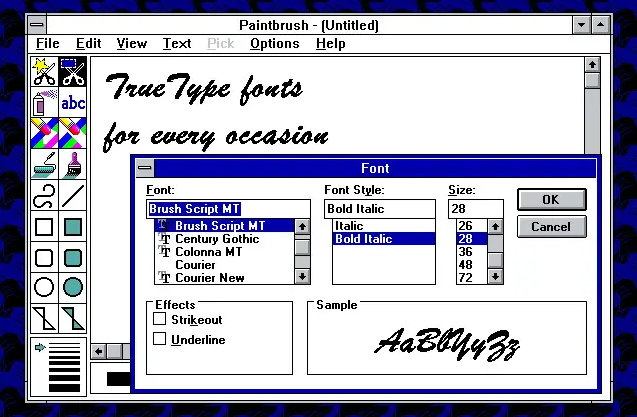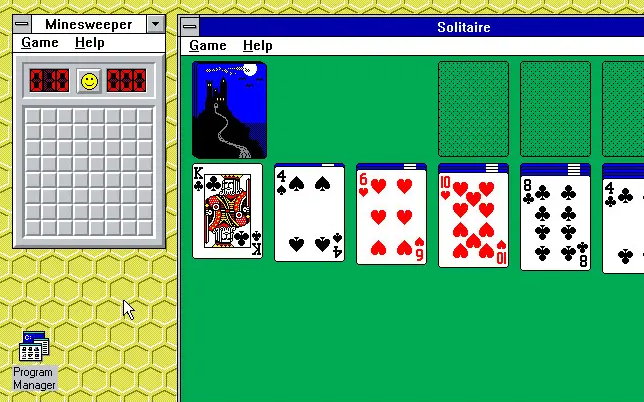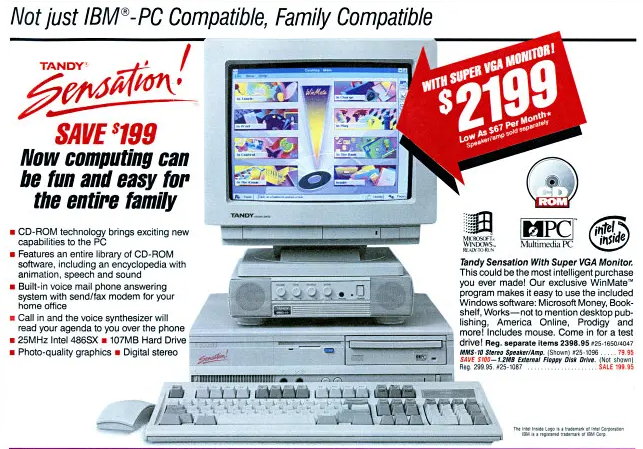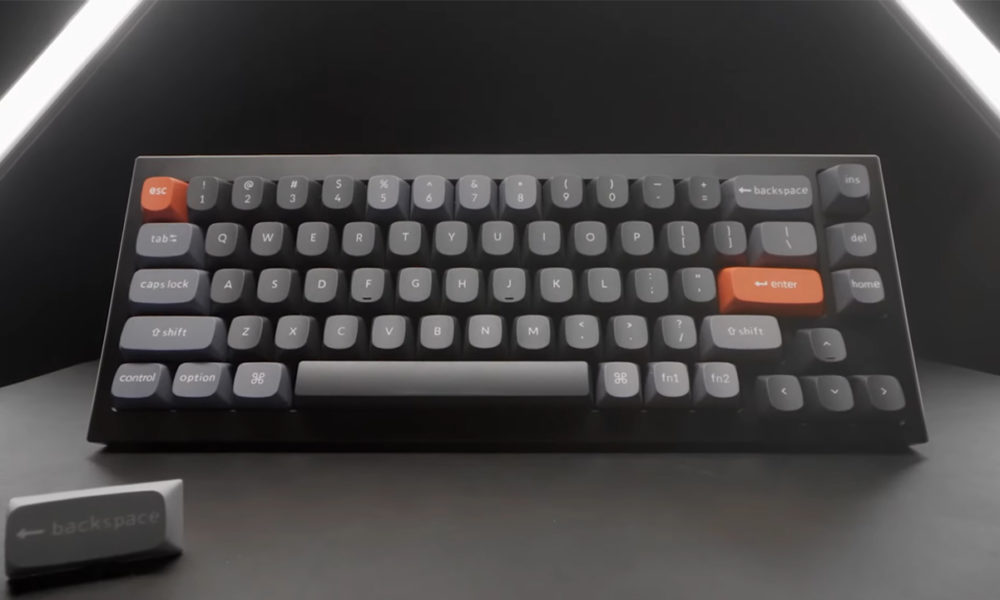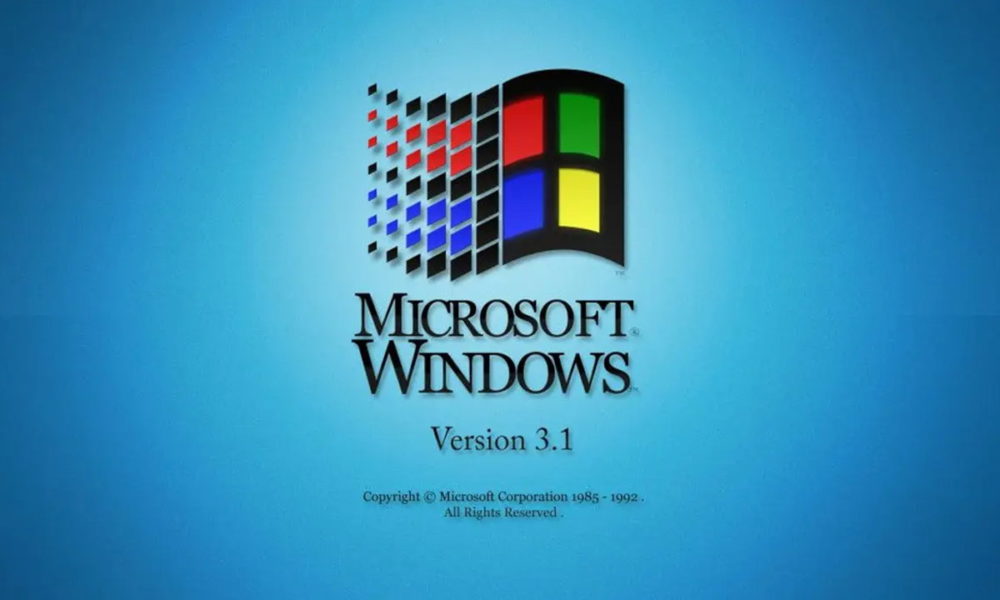
This week marks the 30th anniversary of the release of Windows 3.1. A larger version than its numbering may reflectsince it released features that are still used by the latest Windows and laid the foundations for the pre-installations of the PC OEM channel that Microsoft absolutely dominates and has been the key to its success these three decades.
Microsoft released Windows 3.1 in April 1992, just two years after the arrival of Windows 3.0. It must be said that Windows 3.0 was well received by industry and consumers, but it was missing key components, had many bugs, bitmap fonts, and was shipped as an MS-DOS add-on. Aware of the need to stay competitive with Apple’s Macs and preparing for the leap to 32-bit and (real) graphical interfaces that would come in Windows 95, Microsoft immediately developed a new version.
What’s new in Windows 3.1
Windows 3.1 was not an update, but a completely new version that not only improved everything on the previous one, but also released key components that are still used. Simply all following Windows up to Windows 11 they couldn’t function without some of them. Howtogeek has given a good review of the new features of the version. We leave you a summary of the main ones.
TrueType Fonts. One of the weakest points of Windows 3.0 was its reliance on bitmap fonts which gave endless problems when scaling. Adobe offered scalable PostScript fonts for desktop publishing on Windows, but its enterprise control was scary. Apple had developed the TrueType scalable font system, and Microsoft licensed it and adopted it in Windows 3.1 to free itself from Adobe, improve desktop publishing, and add another critical element, printer support. This type of fonts has been key in the history of Windows.
Windows’ register. Windows 3.1 included configuration files (.ini extension) for each application, which made it easy to launch another fundamental component in Windows: your registry. Today it is a fundamental database that the system, applications and devices use continuously and from which the operation of a PC, its appearance, behavior of its components or access to functions is completely controlled. Without it, no later Windows would work.
Copy and paste. The Ctrl+C, Ctrl+X, and Ctrl+V shortcuts also debuted in Windows 3.1 as a derivative of the Command+C, Command+X, and Command+V that Apple introduced to Macs years ago. Today we still use them on a daily basis in all systems and applications.
Media and games. Windows 3.1 brought graphical flair and multimedia support to the mainline Windows in significant ways, with screen savers, the Media Player application that could play MIDI music files and AVI video files, and Sound Recorder, which allowed you to record and play audio. digitized if the PCs had hardware support. Two games that have become classics came as standard and it is impossible that you have not played them before: Solitaire and Minesweeper.
Team work. Microsoft launched a year later Windows for Workgroups with which it extended Windows 3.1 with integrated networking functions intended primarily for use in companies, greater stability and improved capabilities in various sections, such as the program and file manager.
OEM and legacy. Beyond its capabilities, Windows 3.1 was a fundamental change for Microsoft to be the technological giant that we know today. Since the public announcement of Windows nearly a decade earlier, Microsoft had worked hard to gain industry support behind its operating environment. With Windows 3.1, the company took a critical step for OEMs to pre-install Windows on their new PCs.
In those years, OEMs preferred to install only MS-DOS and PC buyers to purchase and install Windows separately. With 3.1, Microsoft created a huge demand from both end-users and enterprise IT, and it was widely used by OEMs. Thanks to this, Windows 3.1 was a brutal successselling three million copies in the first three months and many more throughout its shelf life.
Later came Windows 95 with the revolution that brought about the first real graphical interface in Windows, but much of the market share of Windows today (87% of computer desktops) is due to the OEM channel that Microsoft began to dominate since the previous version.
